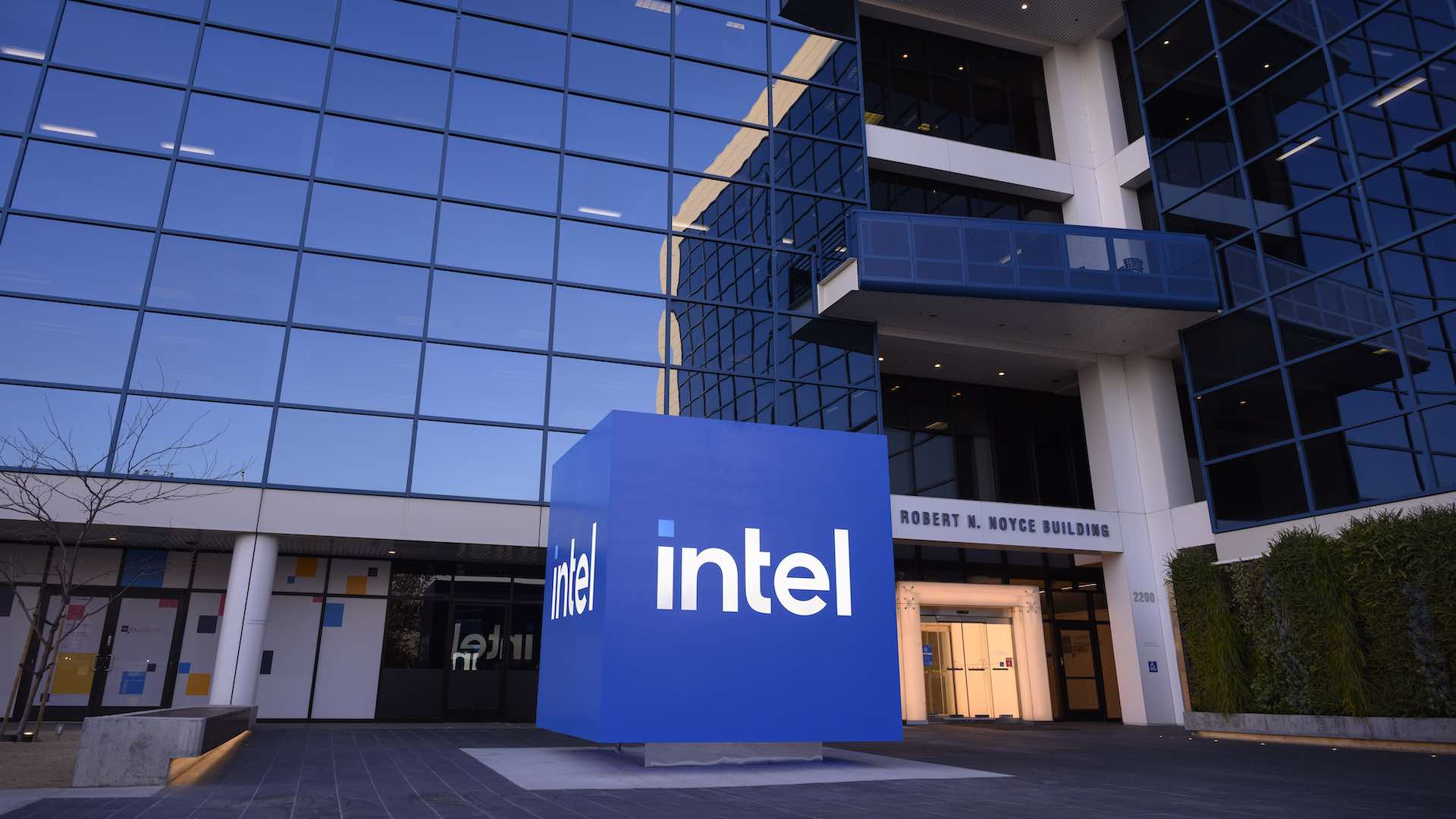Intel, a leading chipmaker, experienced a significant drop in its stock value during premarket trading on Friday. This downturn came on the heels of Intel’s announcement of its outlook for the first quarter of 2024, which fell short of analyst expectations. Despite surpassing Wall Street estimates for its latest quarter, Intel’s future prospects seem uncertain.

Intel’s shares have seen a turbulent ride, with a slight decline this year following an impressive doubling in value throughout 2023. The company’s fortunes have taken a hit as it grapples with challenges in various segments of its business. In the latest financial report, Intel outperformed market expectations for the fourth quarter of 2023. The company reported earnings per share of 54 cents (adjusted), surpassing the 45 cents expected by analysts.
Additionally, Intel’s revenue stood at $15.4 billion, exceeding the projected $15.15 billion. However, the optimism was short-lived, as Intel’s outlook for the first quarter of 2024 painted a gloomy picture. Pat Gelsinger, CEO of Intel, acknowledged that the core business, particularly PC and server chips, is expected to perform at the lower end of the company’s seasonal range in the current quarter.
However, he pointed to weaknesses in subsidiaries like Mobileye and the programmable chip unit, as well as reduced revenue from divested businesses, as key factors contributing to the disappointing outlook. Intel’s fourth-quarter results brought a glimmer of hope, with a 10% increase in sales compared to the previous year, breaking a streak of seven consecutive quarters of revenue decline.
However, the company’s gross margin experienced a slight dip to 40%, down 2.6 percentage points from the previous year. Despite recent challenges, Intel remains the largest semiconductor maker by revenue, as noted by market research firm Gartner. However, its market capitalization currently places it below competitors like Nvidia and AMD on Wall Street.
In light of the AI boom, Intel has had to adapt to shifting dynamics in the data center industry. While Intel’s central processors were once the dominant force in servers, they now face competition from Nvidia and AMD graphics processing units (GPUs). The data center market has witnessed a transition from CPUs to accelerators in recent quarters, according to Intel CFO David Zinsner.
Intel’s CEO, Pat Gelsinger, has been spearheading a five-year transformation plan since taking the helm in 2021. The company aims to catch up with Taiwan Semiconductor Manufacturing Company in offering manufacturing services to other firms while enhancing its own branded chips. As part of its transformation efforts, Intel has been streamlining its operations, cutting costs, and divesting various business lines, including its programmable chip unit and self-driving car subsidiary, Mobileye.
Intel’s largest division, the Client Computing group, which includes laptop and PC processor chips, has seen signs of recovery in the PC industry after a two-year slump. The division reported $8.8 billion in fourth-quarter sales, a 33% increase. Gelsinger expressed confidence in the demand for PC chips and predicted further expansion in the PC market.
On the other hand, Intel’s Data Center and AI division reported a 10% decline in sales, reaching $4 billion. This division includes server CPUs and GPUs. Intel’s Network and Edge department, serving carriers and networking, reported $1.5 billion in sales, down 24% from the previous year. Zinsner, Intel’s CFO, anticipates a “double-digit” sequential decline in the Data Center business for the first quarter of 2024. Despite its challenges, Intel paid out $3.1 billion in dividends in 2023.
